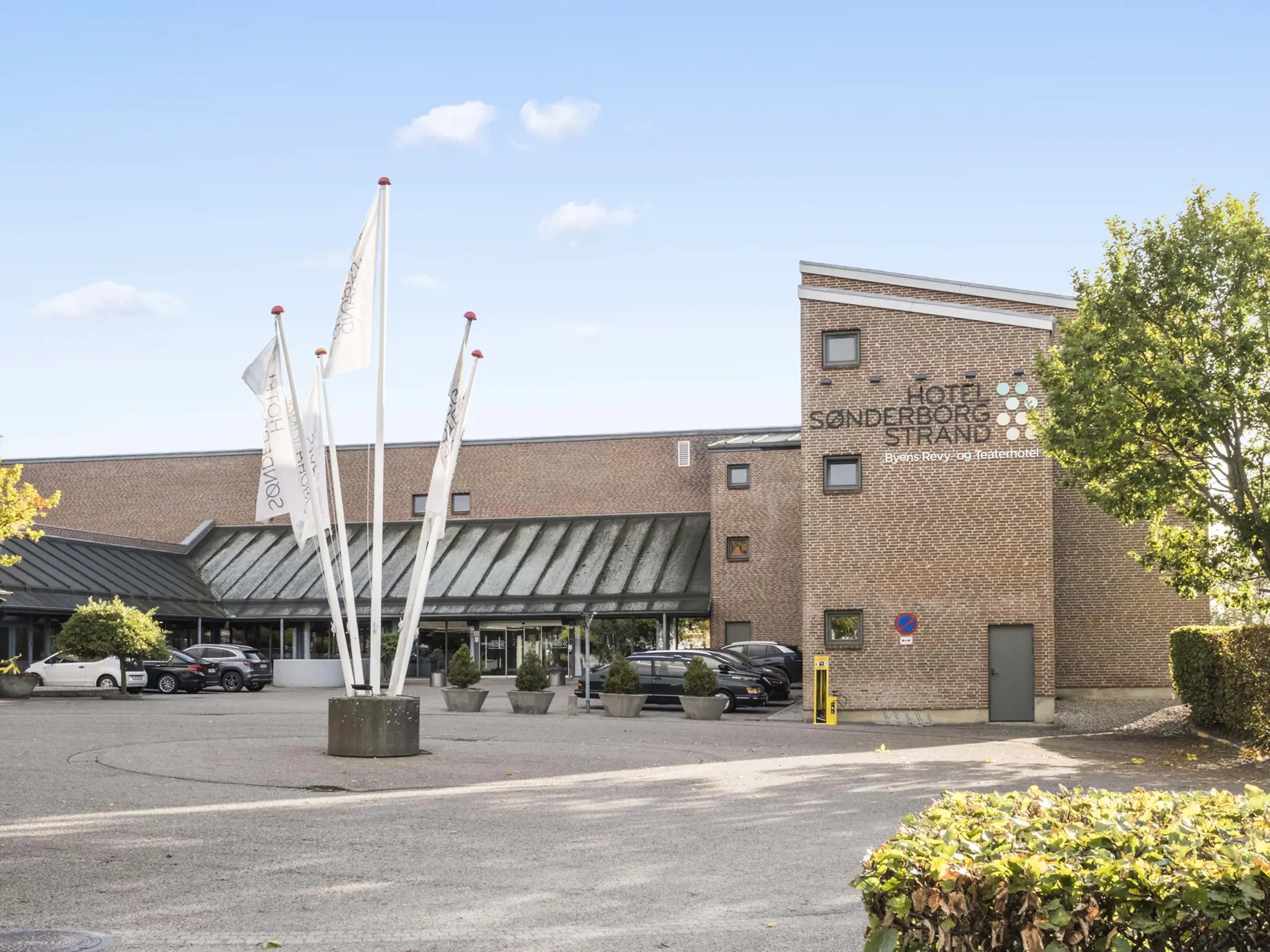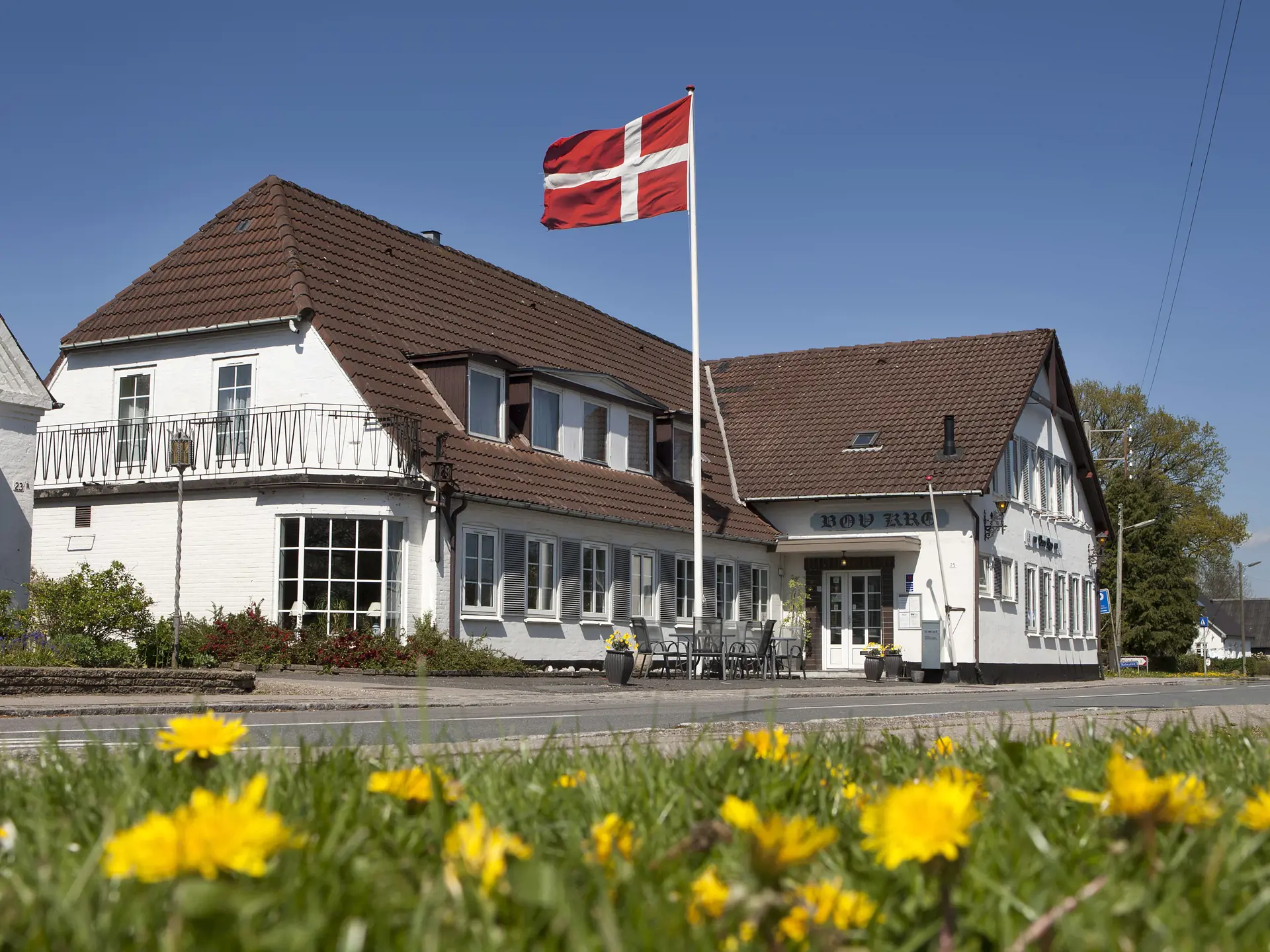The Schleswig farmhouse, also called the one-winged farmhouse, is characterised by having living quarters at one end and stables at the other end separated by a transverse corridor called “fremgulvet” (archaic Danish word for entrance hall). Originally, this type of farmhouse was in wide use in the Duchy of Schleswig, which Ærø was a part of in 1439-1867. Nowadays, it can only be found in the area around Tinglev, on Ærø, and outside of the old duchy on Lyø. The Schleswig farmhouse most likely stems from the Frisian parts of Vadehavet (the Wadden Sea) and may have come to the northern part of the duchy in the period around 1550-1620.
The fact that this type of farmhouse gained a footing on Ærø may be due to the estate reforms that Duke Hans den Yngre introduced around 1571–1622, whereby he closed down a number of farms on Ærø in order to create contiguous fields for the manors worked by workers from smallholdings and minor farms. The Schleswig farmhouse met the need for living quarters and a stable for many of the new smallholders and minor farms.
The Schleswig farmhouse has been almost the sole house type outside of the towns on Ærø until the middle of the 1800s, when new types of farmhouses began to gain footing.
The protected Stensagergård in Stokkeby is an excellent sample of the Schleswig farmhouse. But all around on Ærø, you will find numerous examples of this characteristic type of farmhouse. It is easily recognised as having living room windows at one end and stable windows at the other end separated by a door.










